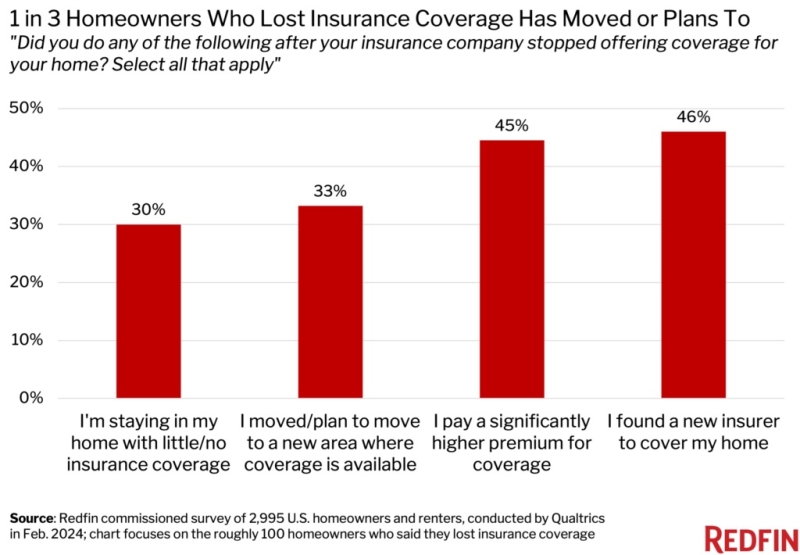Advertisement
Existing Home Sales Rise 1.7 Percent in 2011

Existing-home sales continued on an uptrend in December, rising for three consecutive months and remaining above a year ago, according to the National Association of Realtors (NAR). The latest monthly data shows total existing-home sales rose five percent to a seasonally adjusted annual rate of 4.61 million in December from a downwardly revised 4.39 million in November, and are 3.6 percent higher than the 4.45 million-unit level in December 2010. The estimates are based on completed transactions from multiple listing services that include single-family homes, townhomes, condominiums and co-ops. For all of 2011, existing-home sales rose 1.7 percent to 4.26 million from 4.19 million in 2010.
“The pattern of home sales in recent months demonstrates a market in recovery,” said Lawrence Yun, NAR chief economist. “Record low mortgage interest rates, job growth and bargain home prices are giving more consumers the confidence they need to enter the market.”
According to Freddie Mac, the national average commitment rate for a 30-year, conventional, fixed-rate mortgage fell to another record low of 3.96 percent in December from 3.99 percent in November; the rate was 4.71 percent in December 2010; recordkeeping began in 1971.
“The American dream of homeownership is alive and well. We have a large pent-up demand, and household formation is likely to return to normal as the job market steadily improves,” said NAR President Moe Veissi, broker-owner of Veissi & Associates Inc. in Miami. “More buyers coming into the market mean additional benefits for the overall economy. When people buy homes, they stimulate a lot of related goods and services.”
Total housing inventory at the end of December dropped 9.2 percent to 2.38 million existing homes available for sale, which represents a 6.2-month supply at the current sales pace, down from a 7.2-month supply in November. Available inventory has trended down since setting a record of 4.04 million in July 2007, and is at the lowest level since March 2005 when there were 2.30 million homes on the market.
“The inventory supply suggests many markets will see prices stabilize or grow moderately in the near future,” Yun said.
Foreclosures sold for an average discount of 22 percent in December, up from 20 percent a year ago, while short sales closed 13 percent below market value compared with a 16 percent discount in December 2010.
The national median existing-home price for all housing types was $164,500 in December, which is 2.5 percent below December 2010. Distressed homes, foreclosures and short sales, accounted for 32 percent of sales in December (19 percent were foreclosures and 13 percent were short sales), up from 29 percent in November; they were 36 percent in December 2010.
All-cash sales accounted for 31 percent of purchases in December, up from 28 percent in November and 29 percent in December 2010. Investors account for the bulk of cash transactions.
Investors purchased 21 percent of homes in December, up from 19 percent in November and 20 percent in December 2010. First-time buyers fell to 31 percent of transactions in December from 35 percent in November; they were 33 percent in December 2010.
Contract failures were reported by 33 percent of NAR members in December, unchanged from November; they were nine percent in December 2010. Although closed sales are holding up better than this finding would suggest, contract cancellations are caused largely by declined mortgage applications and failures in loan underwriting from appraised values coming in below the negotiated price.
Single-family home sales increased 4.6 percent to a seasonally adjusted annual rate of 4.11 million in December from 3.93 million in November, and are 4.3 percent higher than the 3.94 million-unit pace a year ago. The median existing single-family home price was $165,100 in December, which is 2.5 percent below December 2010.
Existing condominium and co-op sales rose 8.7 percent to a seasonally adjusted annual rate of 500,000 in December from 460,000 in November but are 2.0 percent below the 510,000-unit level in December 2010. The median existing condo price was $160,000 in December, down three percent from a year ago.
Regionally, existing-home sales in the Northeast jumped 10.7 percent to an annual pace of 620,000 in December and are 3.3 percent above a year ago. The median price in the Northeast was $231,300, which is 2.7 percent below December 2010.
Existing-home sales in the Midwest rose 8.3 percent in December to a level of 1.04 million and are 9.5 percent above December 2010. The median price in the Midwest was $129,100, down 7.9 percent from a year ago. In the South, existing-home sales increased 2.9 percent to an annual level of 1.76 million in December and are 3.5 percent above a year ago. The median price in the South was $146,900, down 1.1 percent from December 2010. Existing-home sales in the West rose 2.6 percent to an annual pace of 1.19 million in December but are 0.8 percent below December 2010. The median price in the West was $205,200, up 0.3 percent from a year ago.
About the author





